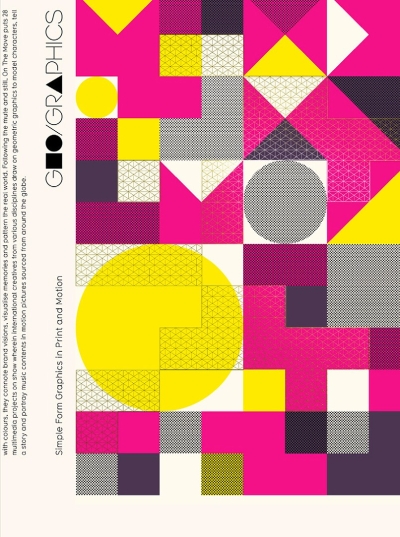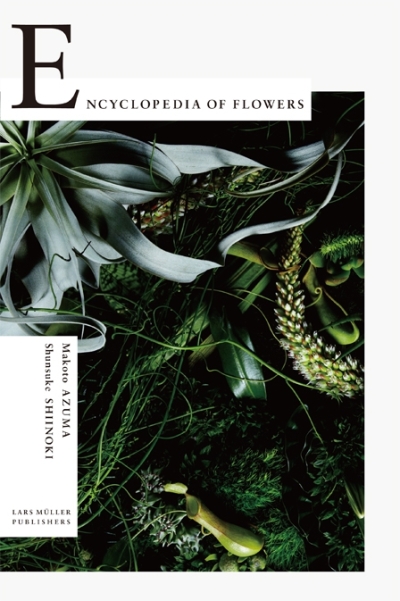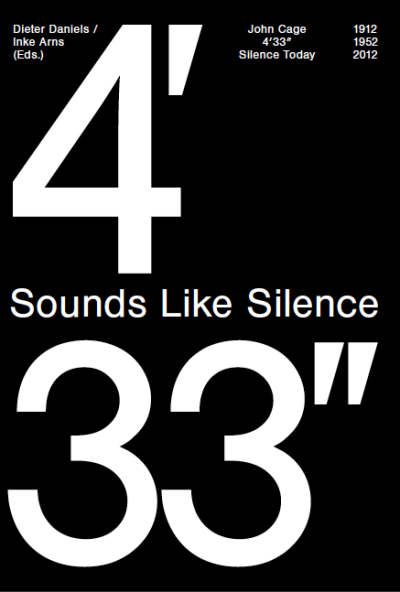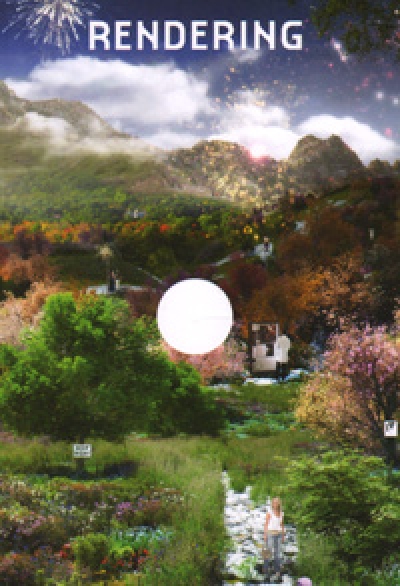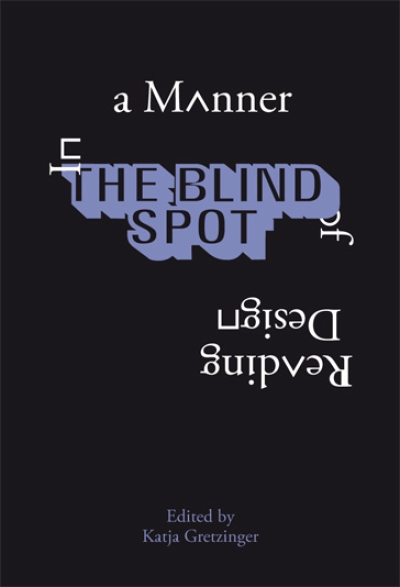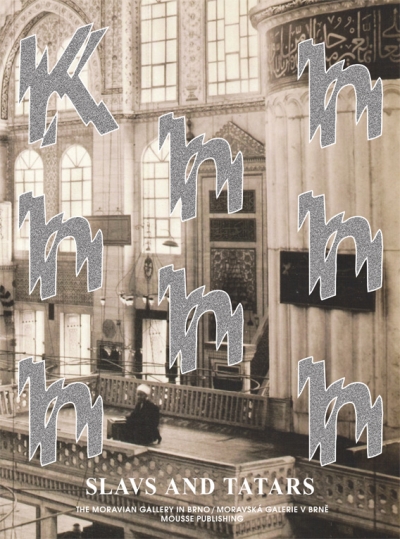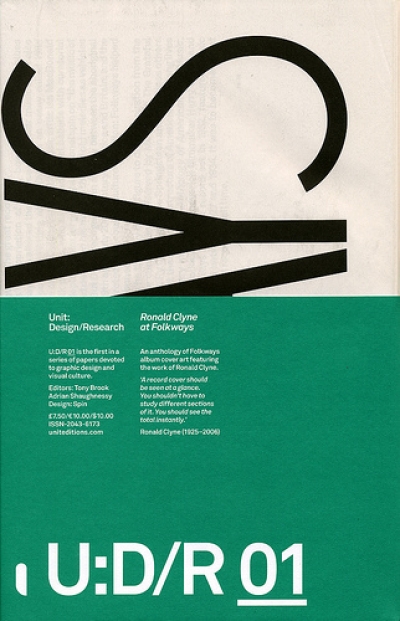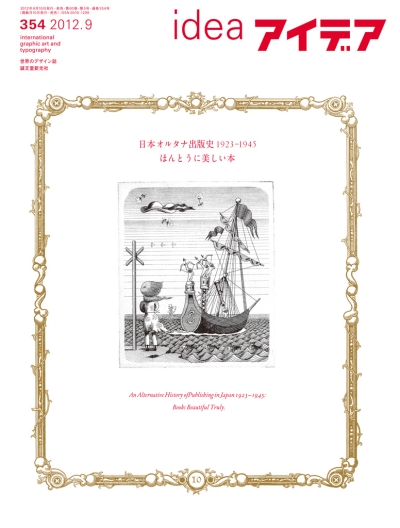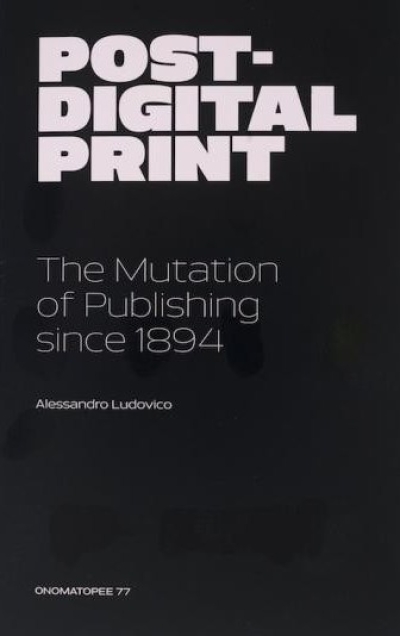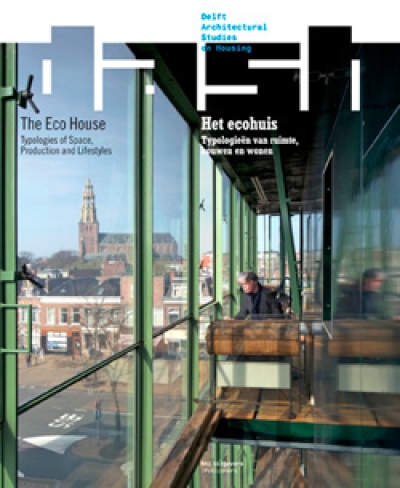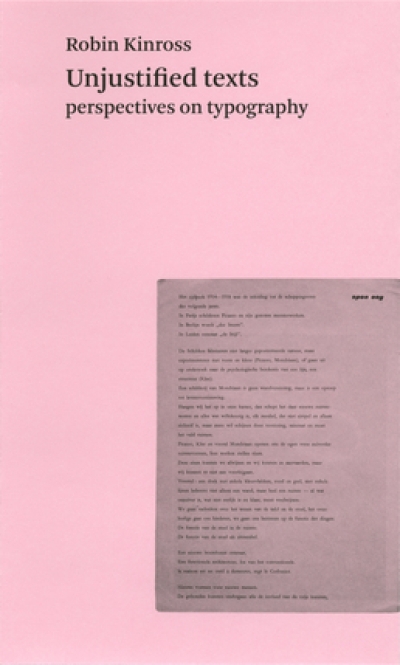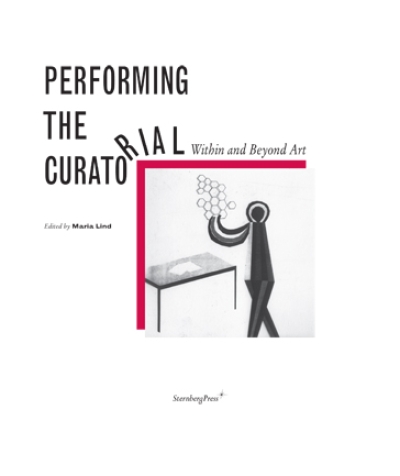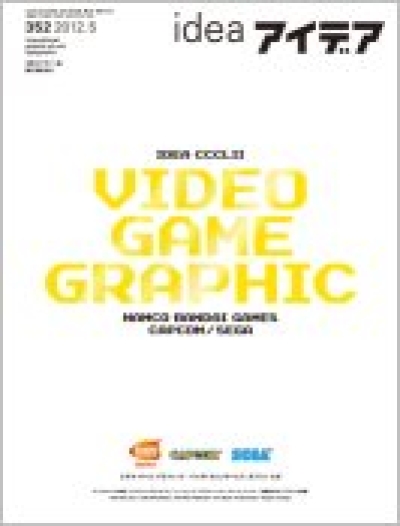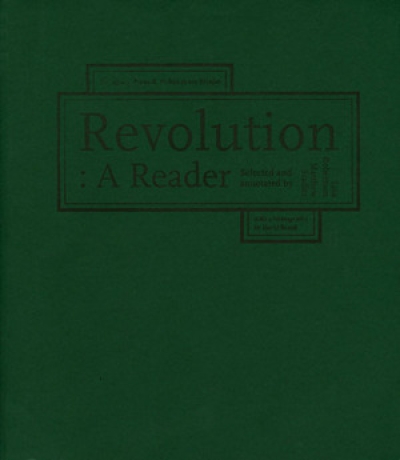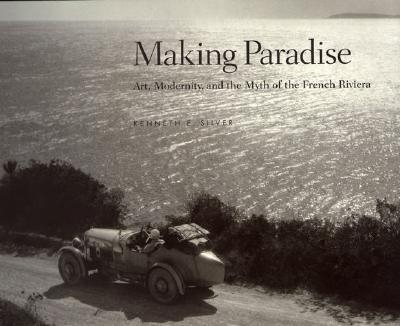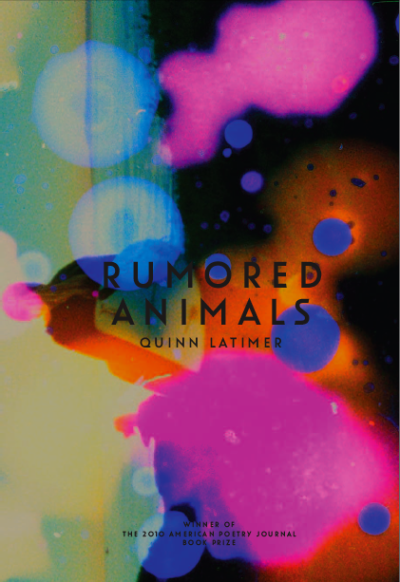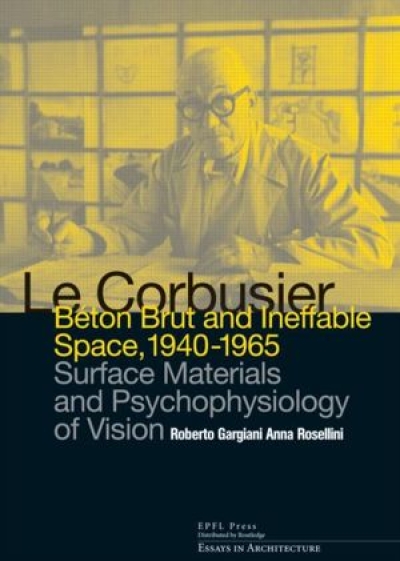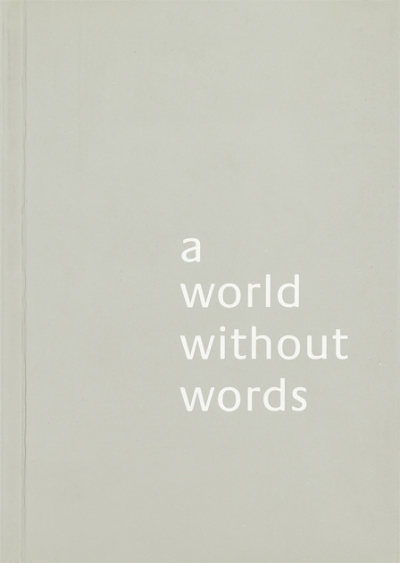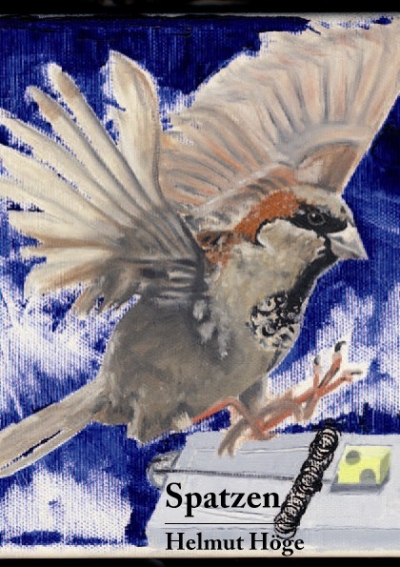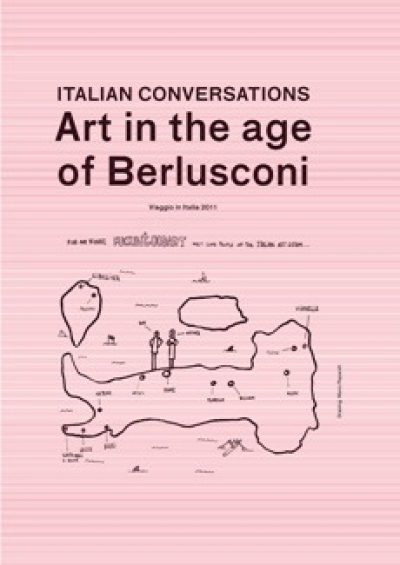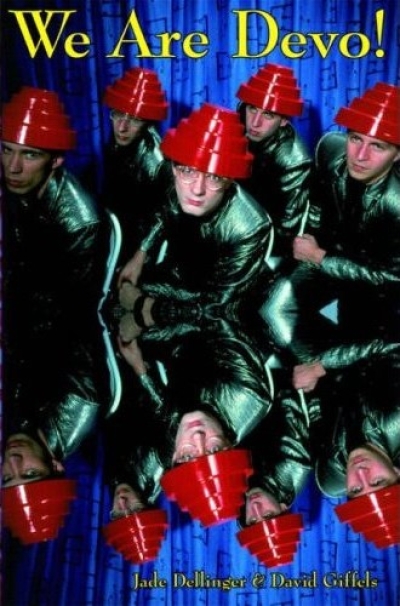
We Are DEVO!
With flowerpots on their heads, distinctive post-Kraftwerk imagery and catchy electro-pop riffs, Devo carved an 80s niche setting them apart from the mish-mash of punk, new wave and rock surrounding them. Dellinger interviewed the band members and associates, ransacked their archives to provide illustrations, memorabilia and photographs documenting Devo's entire career and re-evaluate their complete works to provide a survey of the Devo phenomenon.
"This is the band of the future." (DAVID BOWIE, 1977)
"Of all the bands who came from the underground and actually made it in the mainstream, Devo is the most challenging and subversive of all." (KURT COBAIN, 1992)
With staggeringly catchy electro-pop riffs, Devo carved a niche that set them apart from the mish-mash of rock, punk, and new wave that surrounded them in the late 1970s...
Led by Mark Mothersbaugh and Jerry Casale, the overarching philosophical principle that drove them - "De-evolution" -- engendered a theory that mankind, rather than progressing, was actually going backwards.
Their first major label album, produced by Brian Eno in 1977, was light years ahead of its time. With their 1980 album, FREEDOM OF CHOICE, they had honed their pared-down pop to produce the razor-sharp "Girl You Want" and the million-selling smash single "Whip It."
Players in Devo's history range from Neil Young and Joe Walsh to David Bowie and Iggy Pop. In recent years, Devo's songs have been covered by Nirvana, Moby, Rage Against The Machine, and Soundgarden, to name but a few.
The thirst for knowledge about these pop pioneers is huge, but until now, the printed word has eluded Devo. Authors Jade Dellinger and David Giffels have interviewed band members and their associates, ransacked their archives to provide more than 100 illustrations, memorabilia, and rare photographs documenting Devo's entire career, and re-evaluated their complete works to provide an exhaustive survey of the Devo phenomenon ...
"I read a bio of Devo over the weekend. I recommend it. The book focuses heavily on the band's first five years, which is the juicy part of the tale." (David Segal, THE WASHINGTON POST)
"With their weird, home-baked philosophy and robotic rock, Devo were as much an art project as a band. The authors do an admirable job of describing that project's evolution, painting a detailed portrait of the Akron, Ohio scene that produced Devo." (J.D. Considine, BLENDER magazine)
"An extensively researched history of the group, largely drawing on original interview material with principal band members. Devo were an example of art and industry coming together to produce a unique musical hybrid. The authors' balanced history captures this perfectly and urges you to listen to Devo afresh." (Edwin Pouncey, THE WIRE)
"When Devo's concepts and music wormed their way into my consciousness, I realized that this was the new prog; this is the future; this is all that matters. De-evolution became my religion, education, and inspiration. It's high time this amazing story was told." (Robert Pollard, GUIDED BY VOICES)
"This book tells the entire tale: There's the young Mark Mothersbaugh's obsession with his Mr. Potato Head toy, the public's initial incomprehension of the Ohio spudboys, sidekick Booji Boy, Devo's 'Jocko Homo' creed, the improbable success of 'Whip It,' and the band's disintegration." (Fred Mills, MAGNET)
"Aimed at both diehard fans and those who aren't as familiar with the group, this is the first book-length survey of Devo's origins and exploits. It grows into an engaging read from many angles, providing tasty insights, while always managing to keep the group's satirical, political core at the center of the operation." (Alex Reynolds, GROOVES magazine)





